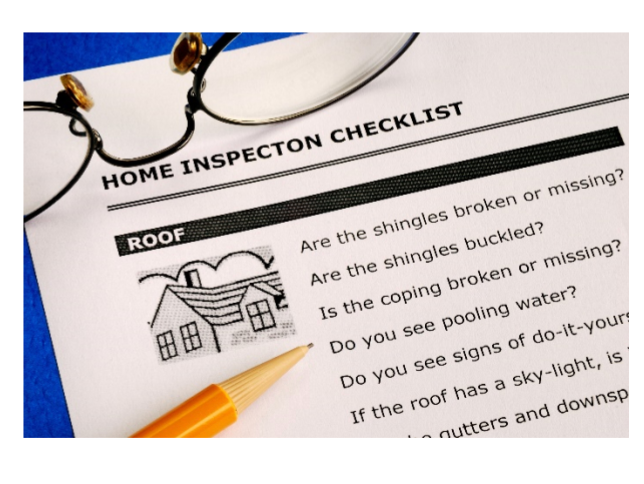Ready, Set, Rent: How to Prepare Your Property for Tenants
- tinuke7
- Jul 13, 2024
- 3 min read
Preparing a rental property for the market is a crucial step for any new landlord. Proper preparation not only enhances the property’s appeal to potential tenants but also sets the stage for smoother management and potentially higher returns. Here’s how a new landlord can learn to effectively prepare their rental property.
Research Local Housing Regulations:
· Safety and Compliance: Begin by understanding local housing codes and safety regulations. These might include requirements for smoke detectors, carbon monoxide detectors, and specific health and safety standards that must be met.
· Zoning Laws: Check local zoning laws to ensure that your property complies with all regulations regarding rental properties in your area.
Making the Property Rent-Ready
Conduct a Thorough Inspection

· Hire a Professional: Consider hiring a professional inspector to identify any potential issues with the property’s structure, plumbing, electrical systems, appliances, and other critical areas.
· Create a Checklist: Develop a detailed inspection checklist that covers every aspect of the property. This will help ensure that no element is overlooked during the preparation process.
Repair and Maintenance:
· Address Repairs: Promptly address any issues uncovered during the inspection. This includes fixing leaks, repairing broken fixtures, ensuring all appliances are in working order, and attending to any structural repairs.
· Regular Maintenance: Perform regular maintenance tasks such as servicing the heating and cooling systems, checking the roof and gutters, and ensuring that all windows and doors are secure and functional.
Enhancing Aesthetic Appeal

Clean and Update the Interior:
· Deep Cleaning: A thorough cleaning of the entire property is essential. Consider professional cleaning services for carpets, windows, and other areas that might require special attention.
· Paint and Update Fixtures: A fresh coat of paint can significantly brighten up the space. Updating fixtures such as lights, door handles, and faucets can also help modernize the property and make it more appealing.
Landscaping and Exterior Appeal:
· Curb Appeal: First impressions matter. Ensure the property’s exterior is clean and welcoming. This might involve landscaping, painting the exterior, or simply making sure the entrance is tidy and attractive.
· Functional Outdoor Spaces: If your property includes outdoor spaces like patios or backyards, make sure these are well-maintained and safe.
Marketing Your Property
Staging and Photography:
· Staging: Consider staging the home to highlight its potential. This helps prospective tenants imagine themselves living in the space.
· Professional Photography: Hire a professional photographer to take high-quality photos of your property. These photos will be crucial for your marketing efforts.
Learning Effective Advertising Strategies:
· Listing Platforms: Learn how to list your property effectively on various online platforms. This includes writing a compelling property description and using your high-quality photos.
· Social Media and Local Advertising: Utilize social media platforms and local community boards to increase visibility.
Learn from Real Estate Professionals
· Networking: Connect with experienced landlords or real estate professionals who can provide firsthand insights into preparing a property. Local real estate associations and property management groups are good resources.
· Workshops and Seminars: Attend workshops or seminars designed for landlords. These events often cover topics such as property preparation, tenant screening, and legal compliance.
Continuous Education
Stay Informed and Adapt:
· Continuous Learning: Real estate is dynamic; continuing to educate yourself about market trends, tenant needs, and new property management technologies will help you stay competitive.
· Feedback from Tenants: Use feedback from tenants to continually improve and prepare your property better each time it goes to market.
By following these steps, a new landlord can effectively prepare their rental property, enhancing its appeal and functionality, which in turn can lead to quicker rentals, better tenant relationships, and ultimately, a more successful real estate investment.

Commentaires